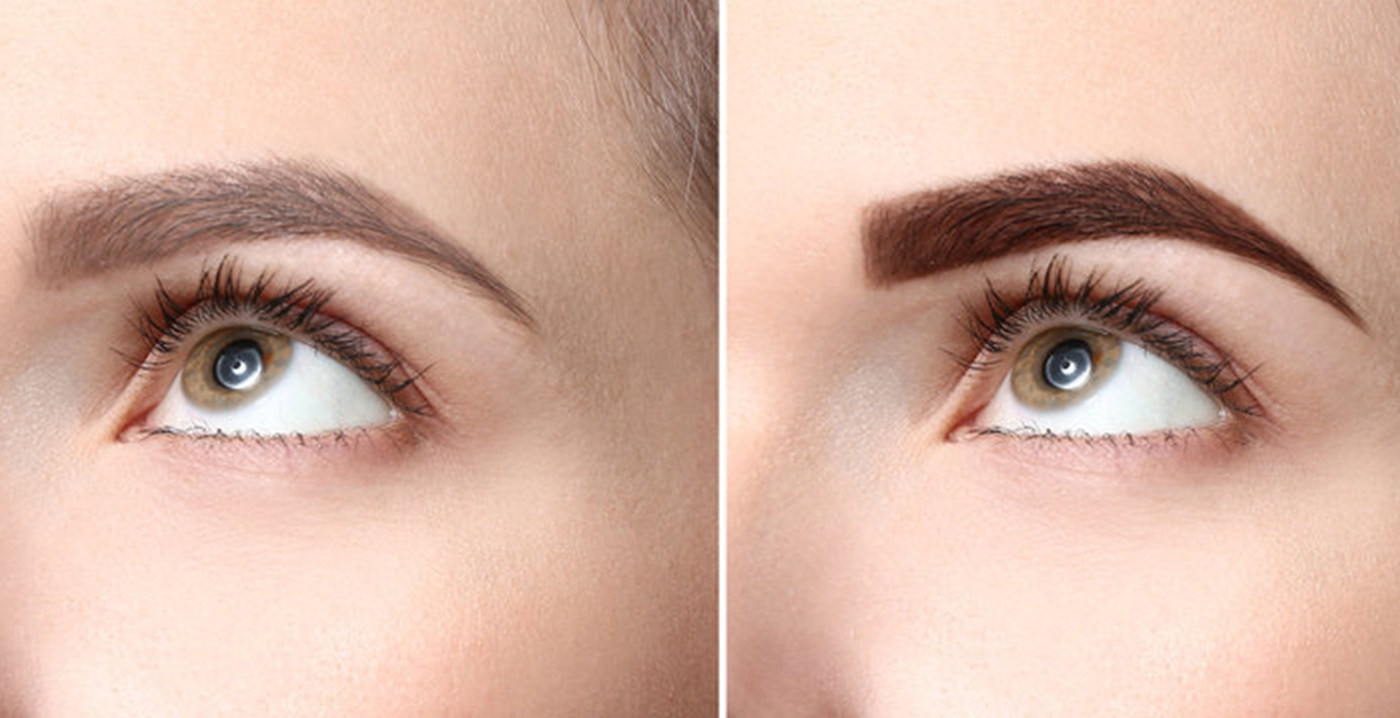An eyebrow hair transplant is a surgical procedure designed to restore or enhance eyebrow hair by transplanting healthy hair follicles from a donor site. Typically, the donor hair is extracted from the scalp, where hair resembles natural eyebrow hair in texture and growth pattern. The procedure involves implanting individual hair follicles into the eyebrow area to achieve a natural and fuller appearance. Eyebrow hair transplants are ideal for people with thin, sparse, or missing eyebrows due to overplucking, trauma, scarring, or medical conditions.
How Does the FUT Technique Work?
Follicular Unit Transplantation (FUT) involves removing a small strip of skin from the back of the scalp, usually from the lower region. The extracted strip is then divided into individual hair follicles under a microscope. These follicles are carefully implanted into the eyebrow area following the natural hair growth pattern. FUT is effective for patients requiring a significant number of hair grafts to achieve fuller brows.
Which Technique Is Best for Eyebrow Hair Transplants?
The choice between FUT and FUE depends on factors like the extent of eyebrow hair loss, desired brow shape, and personal preferences. FUE is often recommended for patients seeking minimal scarring and faster recovery. Meanwhile, FUT is ideal for those requiring a significant number of grafts in one session. Consulting with a qualified hair transplant surgeon will help determine the best technique based on your needs.
Are There Non-Surgical Techniques for Eyebrow Restoration?
Yes, non-surgical methods can improve eyebrow density and appearance. Popular options include:
Microblading: A semi-permanent tattooing technique that creates hair-like strokes for fuller brows.
Eyebrow serums: Products infused with peptides, biotin, and vitamins that stimulate hair growth.
Platelet-rich plasma (PRP) therapy: Involves injecting your own plasma into the eyebrow area to promote natural hair regrowth.
While these methods are effective for mild to moderate thinning, eyebrow hair transplants provide the most lasting and natural solution for significant hair loss.
Are Eyebrow Hair Transplant Results Permanent?
Yes, eyebrow hair transplant results are generally permanent. The procedure involves extracting healthy hair follicles, typically from the scalp, and implanting them into the eyebrow area. Once these follicles are established, they continue to grow hair naturally. However, achieving optimal results requires proper post-procedure care and patience, as full growth may take several months.
Since transplanted hairs retain the characteristics of scalp hair, they may grow longer than natural eyebrow hairs and require regular trimming. While the procedure offers lasting results, occasional touch-ups may be needed to maintain the desired shape or fullness. Consulting with an experienced surgeon ensures realistic expectations and proper guidance for achieving natural-looking, permanent results.
What Aftercare Is Required Following an Eyebrow Hair Transplant?
Proper aftercare is crucial for ensuring optimal results. Key steps include:
Avoiding touching or scratching the treated area.
Keeping the eyebrow area clean and following your surgeon’s cleaning instructions.
Avoiding makeup application during the initial healing phase.
Attending follow-up appointments to monitor progress.
By following these guidelines, you can improve the success of your eyebrow transplant and enjoy long-lasting results.
How Much Does an Eyebrow Hair Transplant Cost?
The cost of an eyebrow hair transplant typically ranges between $3,000 to $6,000. Several factors influence this price, including the clinic’s location, the surgeon’s expertise, and the number of grafts required. Clinics in larger cities or those with highly experienced specialists may charge higher fees. An eyebrow transplant involves harvesting hair follicles from the scalp and implanting them into the brow area. This procedure offers a long-term solution for those seeking fuller, natural-looking eyebrows. While the upfront cost may seem high, the results are generally permanent, reducing the need for frequent maintenance like microblading or tinting. Before proceeding, it’s advisable to consult with a qualified specialist to understand the procedure, expected results, and potential costs involved.
Conclusion
If you’re struggling with thin or sparse brows, understanding eyebrow hair transplant techniques can help you make an informed decision. Whether you choose FUT or FUE, both methods offer effective, natural-looking solutions for restoring fuller brows. Consulting with a qualified hair transplant specialist is key to achieving the best results and regaining confidence in your appearance.

